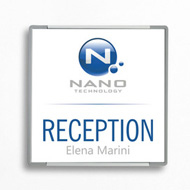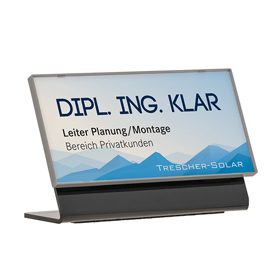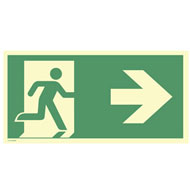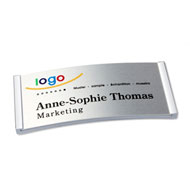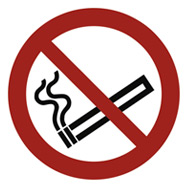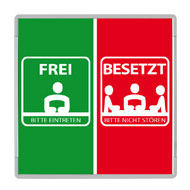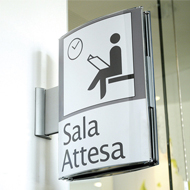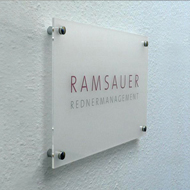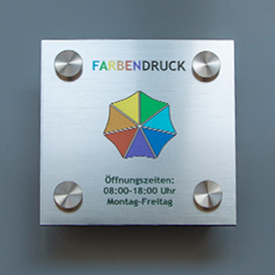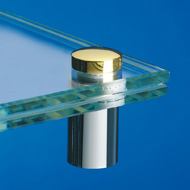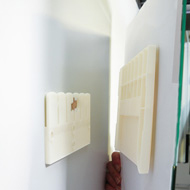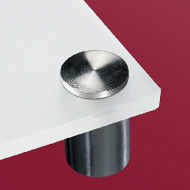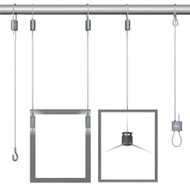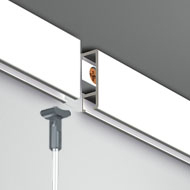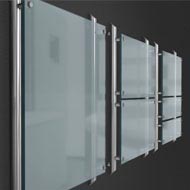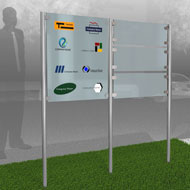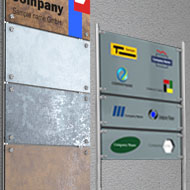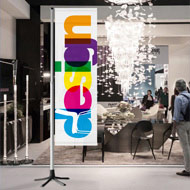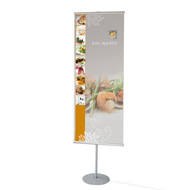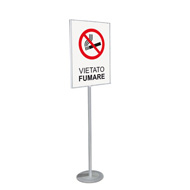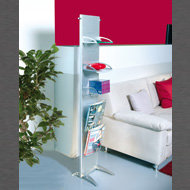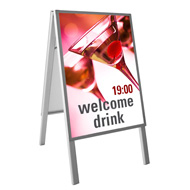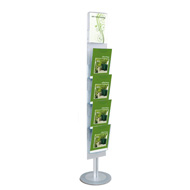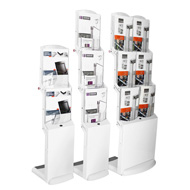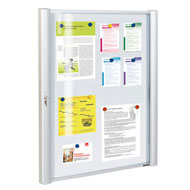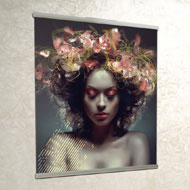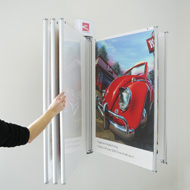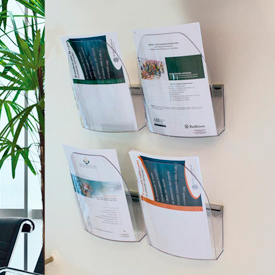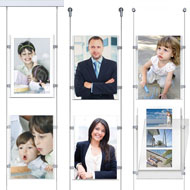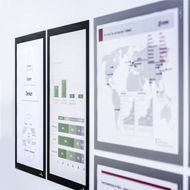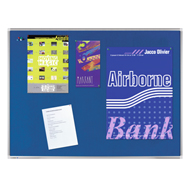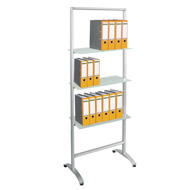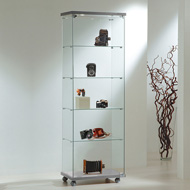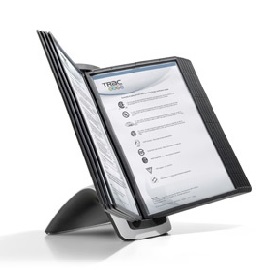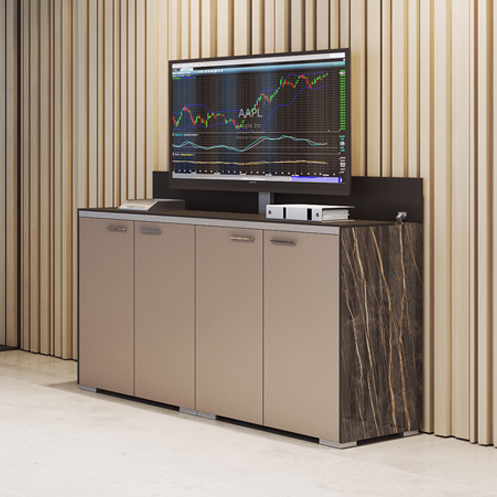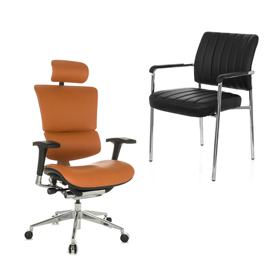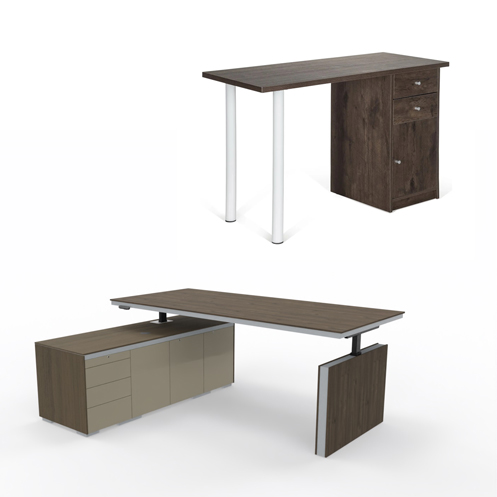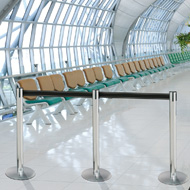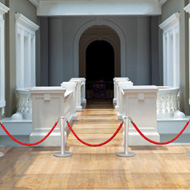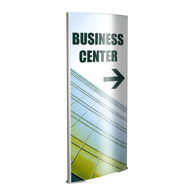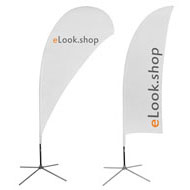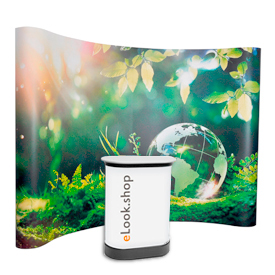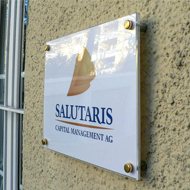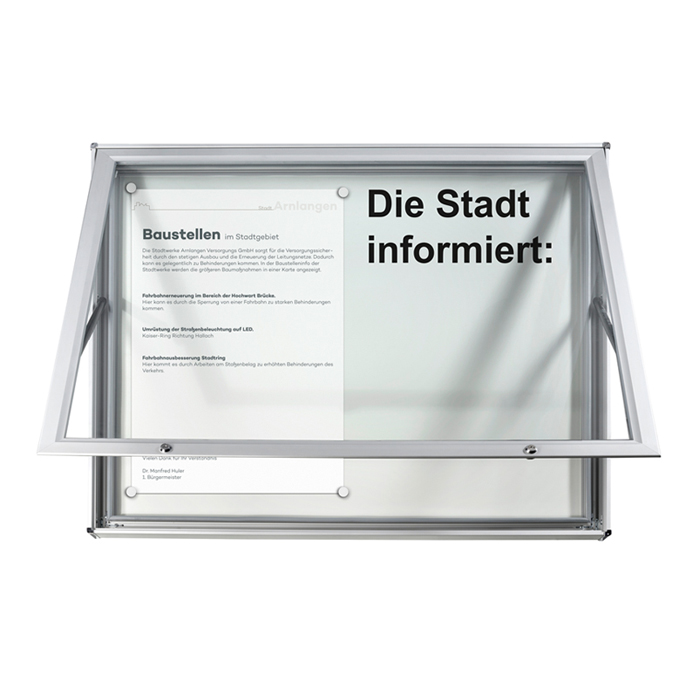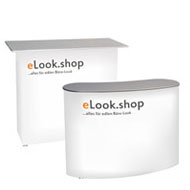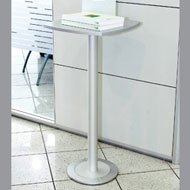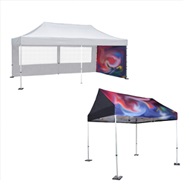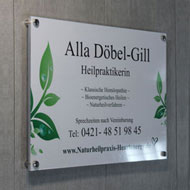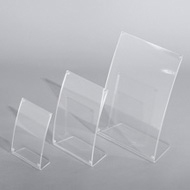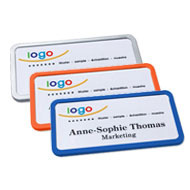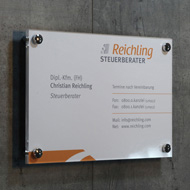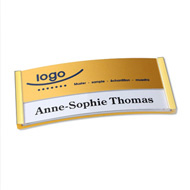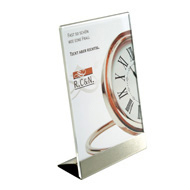Acrylic glass signs in comparison
Thursday, June 1, 2023
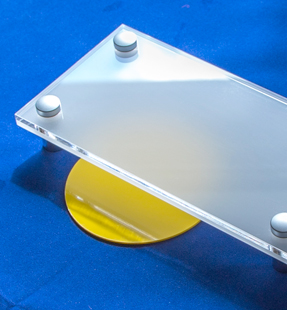 Acrylic signs are a popular choice for indoor and outdoor applications such as company, door and advertising signs as they offer a smooth, glossy surface and a classy look. In this article, we compare acrylic signs to signs made from other materials to help you make the best choice for your signage.
Acrylic signs are a popular choice for indoor and outdoor applications such as company, door and advertising signs as they offer a smooth, glossy surface and a classy look. In this article, we compare acrylic signs to signs made from other materials to help you make the best choice for your signage.What is acrylic glass and its types
Acrylic glass , also known as PMMA (polymethyl methacrylate), is a thermoplastic material made by polymerizing methyl methacrylate. Acrylic glass is a very versatile material that is often used in many different applications, from car headlights to aquariums.There are different types of acrylic glass, which have different properties depending on the application. These are, for example , multi-layer acrylic glass and acrylic mirrors . The most common types of acrylic used to make signs are XT, GS and UV resistant acrylic .
Extruded acrylic (XT) is the cheapest and most commonly used type of acrylic. During its production, the viscous material is pressed through a nozzle or rollers and given a desired shape. However, it is not as resistant as other types of acrylic glass.
Cast acrylic (GS) is obtained from the liquefied material that is poured into a mold. It's more expensive than extruded, but it's tougher and can be made into more complex shapes. It is therefore ideal for the production of signs or displays that require a sophisticated shape.
UV-resistant acrylic glass contains special additives that protect it from UV radiation. It is therefore particularly suitable for outdoor use, where it is exposed to the effects of sunlight and weather. UV resistant acrylic is commonly used for signs, windows and canopies.
Special features of signs made of acrylic glass
Signs made from clear acrylic have some advantages over other materials because of this transparency and the ability to make them in a variety of shapes. Here are some of their distinctive features:Acrylic glass has high light transmission and clarity making it ideal for applications where a clear view of the object behind the sign is required.
Furthermore, acrylic glass can be cut into almost any shape , making it ideal for signs with a unique design.
Acrylic glass is resistant to breakage and damage, UV resistant and does not fade , making it a good choice for outdoor use. However, it is still important to properly attach the sign to ensure it can withstand the weather conditions.
Acrylic glass is lightweight , making it easy to transport and install.
Acrylic glass signs: shiny always transparent?
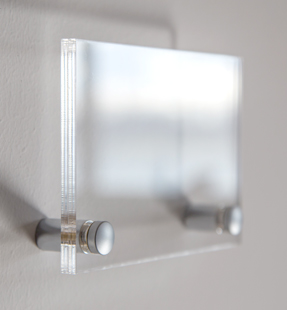 A glossy surface of acrylic glass does not always indicate that it is transparent. This is the semi-transparent acrylic glass , also called frosted glass . It is translucent and diffuses the light. The frosted glass was roughened on one or both sides from the outset and had a matt or satin finish . Today, frosted glass can have a glossy surface, but the term "frosted" is often used as a synonym for semi-transparent. Frosted acrylic signs create a sleek and modern aesthetic, they can also be printed to create a personalized look.
A glossy surface of acrylic glass does not always indicate that it is transparent. This is the semi-transparent acrylic glass , also called frosted glass . It is translucent and diffuses the light. The frosted glass was roughened on one or both sides from the outset and had a matt or satin finish . Today, frosted glass can have a glossy surface, but the term "frosted" is often used as a synonym for semi-transparent. Frosted acrylic signs create a sleek and modern aesthetic, they can also be printed to create a personalized look.Comparison with other materials
Compared to other materials, acrylic signs have their own advantages and disadvantages.Compared to Alu-Dibond signs, acrylic glass signs have a shinier surface and higher transparency. However, Alu-Dibond signs are more resistant to scratches and dents, making them better for outdoor use.
If you compare the signs made of acrylic glass with those made of PVC , acrylic glass signs are more resistant to UV rays and do not fade. However, PVC signs are usually cheaper.
Compared with glass signs , acrylic signs are lighter, safer and more flexible. However, glass signs are more resistant to wear and scratches.
Printing of acrylic glass signs
Acrylic signs can be printed in a variety of ways including UV direct printing and screen printing . UV direct printing is a popular choice as it offers high resolution and vibrant colours. Screen printing is a good choice for high volumes because it's faster and less expensive.Fastening of acrylic glass signs
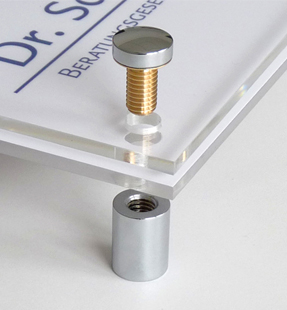 How an acrylic sign is attached depends on the size and weight of the sign and the type of surface it is to be attached to. The most common mounting methods for acrylic signs are standoffs , clamps and adhesive.
How an acrylic sign is attached depends on the size and weight of the sign and the type of surface it is to be attached to. The most common mounting methods for acrylic signs are standoffs , clamps and adhesive.Wall standoffs are a very popular mounting style. They consist of two parts that are screwed together. The acrylic glass sign is then clamped between the two parts and attached to the wall. This provides a floating look and is ideal for signs that require a modern and clean aesthetic. Also, the properly selected spacers can emphasize the shield print.
Another option for mounting the acrylic glass signs is adhesive mounting . The sign is glued directly to the wall or another surface. This variant is particularly suitable for smaller signs and when a seamless look is desired.
Clamp mounting is a quick and easy way of attaching acrylic glass signs. The sign is fixed to the wall or other support with the help of clamps. This type of mounting is particularly suitable for smaller signs and when the sign needs to be replaced regularly.
